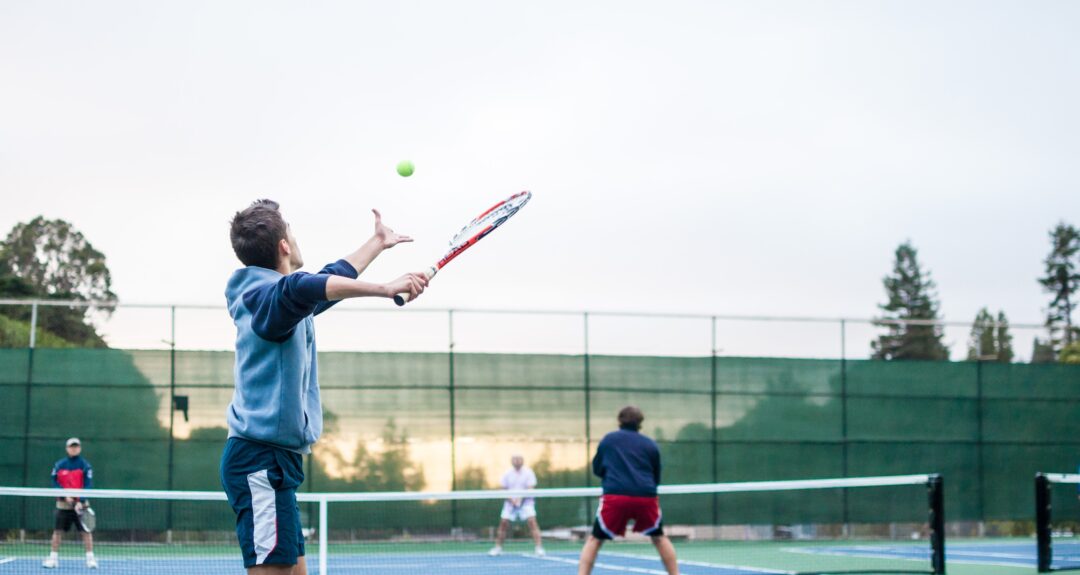3 Common tennis injuries and exercises to help prevent them from happening to you!
Written by Mitchell Stokes Physiotherapist MCSP
With the spring sun shining and longer days upon us, it’s time to pick up that tennis racquet and get back on the court! I know we’ll all be eager to smash that ace and soak in the sun, but let’s not forget about how important it is to best prepare our bodies for the physical demands that tennis requires for optimal performance – and more importantly – injury prevention!
Tennis injuries are very common and can occur at different areas throughout the body. From ankles to shoulders and everywhere in between, it’s best to prepare yourself to avoid a trip to A&E!
This post will address some of the most common tennis injuries, reasons as to why they occur, and strategies to help prevent them from happening to you.
1. Elbow pain
Tennis elbow, also known as lateral epicondylitis, is pain that occurs at the outside of the elbow where the forearm meets the upper arm. The reason for this injury is primarily due to the repetitive strain to the wrist extensor muscles that are used to help stabilise the wrist after a forehand swing. These same muscles are also heavily relied on during the action of a backhand swing.
Conditioning the forearm muscles through strengthening exercises is the best way to avoid tennisrelated elbow pain. It is also important to have a gradual exposure to the start of the season and to allow adequate rest in between play. Some exercises that could help with the avoidance of elbow pain include:
1. Stress ball squeeze

2. Resisted wrist extension
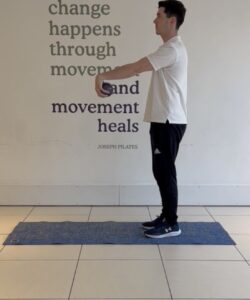
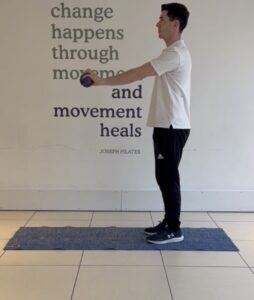
2. Oblique strain
The internal and external oblique muscles are two important lateral core muscles that are layered on top of one another. Together, the oblique muscles are responsible for rotating the thorax on the hips and for maintaining control of the core during upper limb rotational movements, like a tennis swing. Tennis is a sport that requires a high degree of rotational
forces. An oblique strain happens when the force produced during a swing (or overhand serve) outweighs the load tolerance of the core oblique muscles.
Good rotational stability and strength are key factors in reducing the risk of an oblique strain. An example of a few home exercises that can help include:
1.Side plank (half or full)
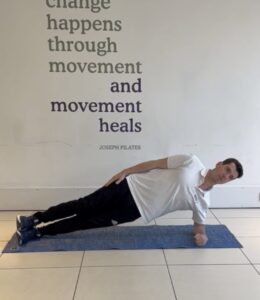
2. Crunch twists
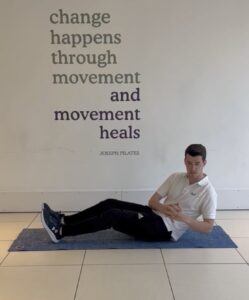
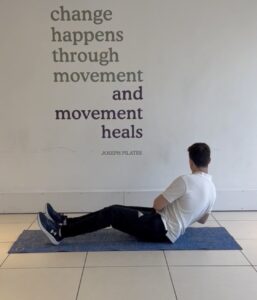
3. Anterior knee pain
Anterior knee pain is an umbrella term that covers a variety of structures that might cause pain at the front of the knee. Some structures that may contribute to anterior knee pain include the patella (and it’s tendons), infrapatellar fat pad, articular surfaces of the tibia and femur, and the tendinous insertions of leg muscles (gracilis, sartorius, hamstring, iliotibial tract). A thorough examination is needed to differentiate between which structures might be at fault, although management for prevention of injuries is similar regardless.
Tennis requires a lot of acceleration and deceleration through running and change of direction. In turn, there is a substantial amount of force tolerance required through the knees. The best way to increase the body’s tolerance of these external forces is to gradually load the surrounding structures through strength training. Some simple exercises you could be doing at home to help improve your knee strength include:
1. Single leg squats

2. Single leg bridge
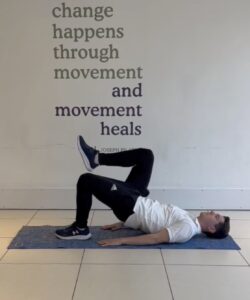
Needless to say, if you are looking to get out on the court this spring/summer it may be worthwhile to put in some strength training to help decrease the chance of injury. If you would like a personalised plan on how to best prepare for the tennis season, or whatever activity you are into, book a session with one of APPI’s movement experts.
Make the most out of the long days while they last!!!

